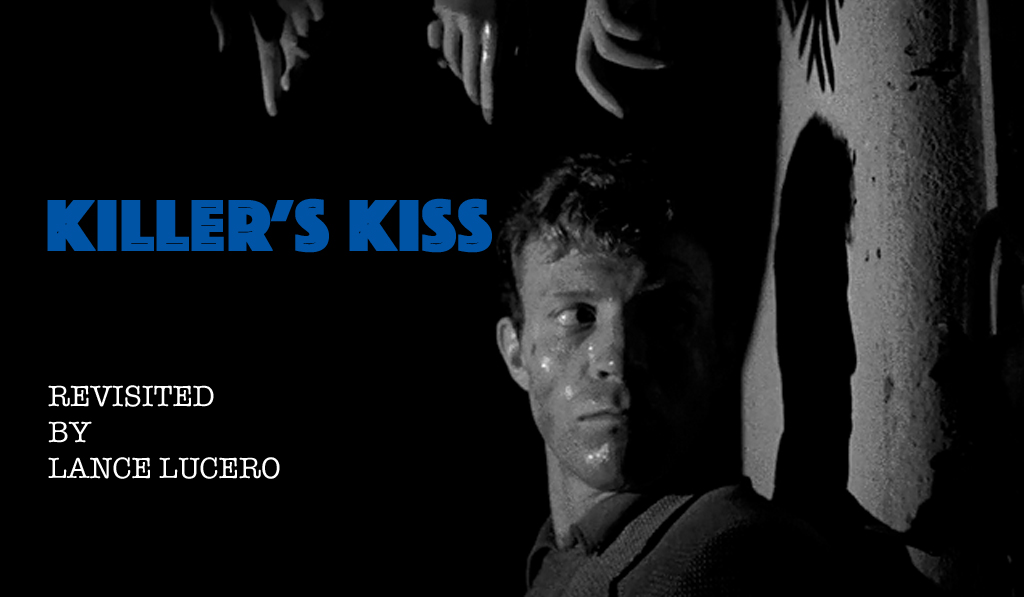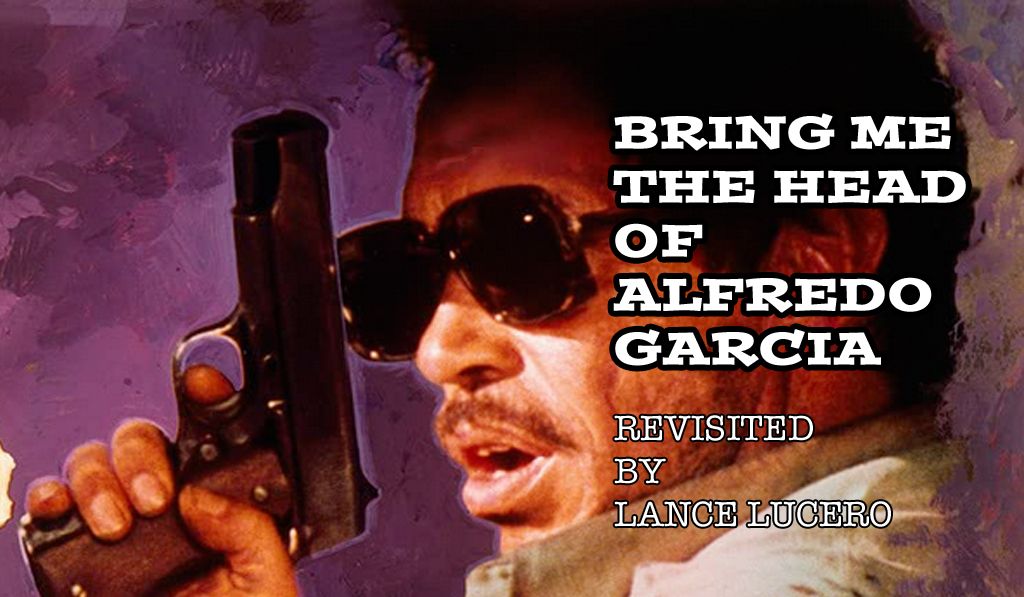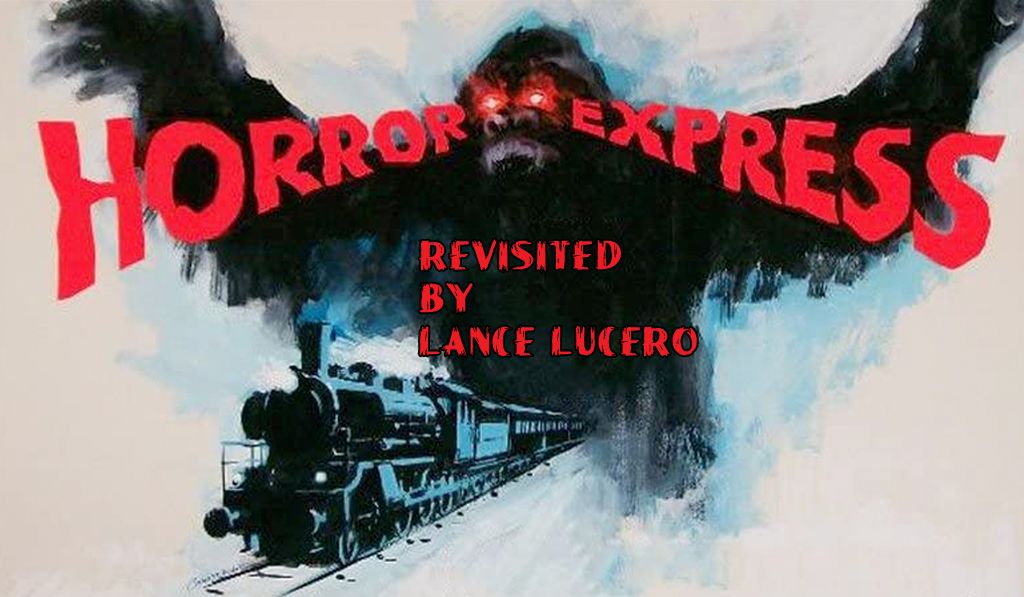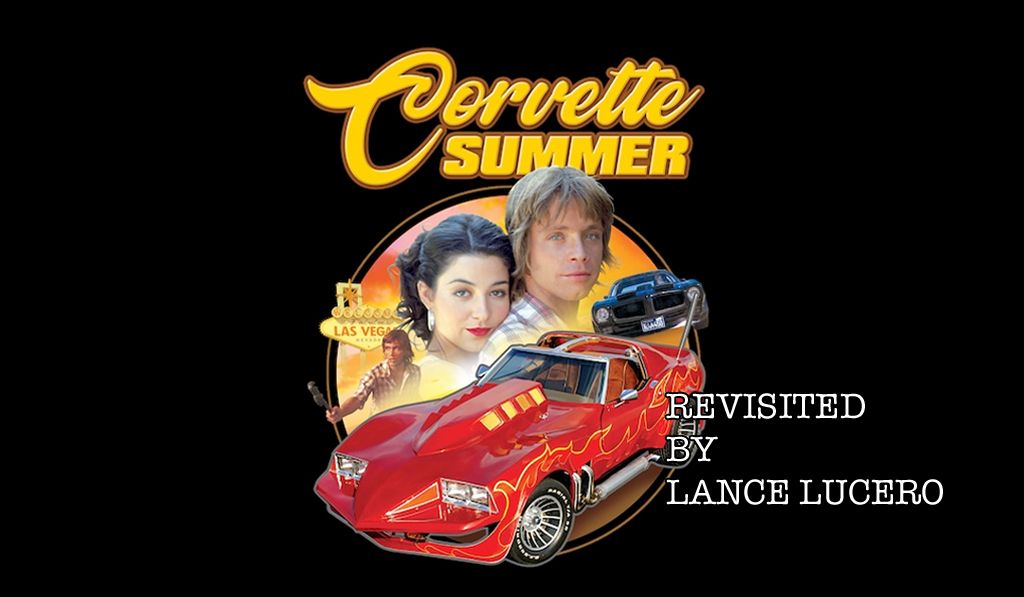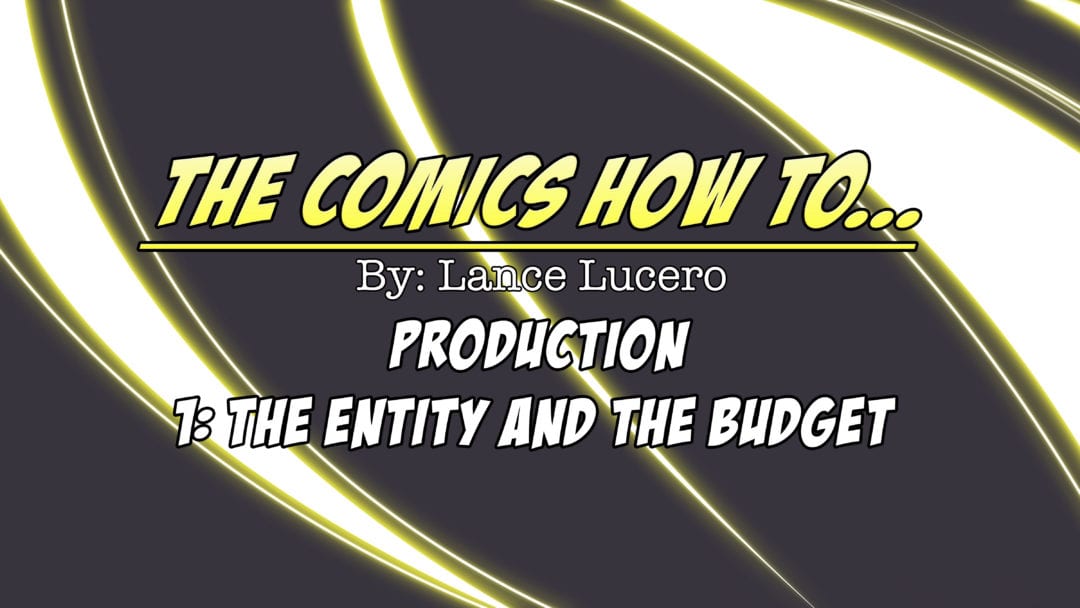
The Comics How To… Vol. 2 Chapter 01. Production: The Entity and the Budget
Now that you have a well-written, well-structured, well-formatted comic book script, it“s time to go into production.
Before I talk about my production process, I want to throw down a disclaimer: I“m not a lawyer or an accountant. I“m not giving legal or accounting advice. I am merely stating what legal and accounting strategies that I followed in order to complete the production of my indie comic book under the Warehouse 9 Productions, Ltd. (W9) banner.
The W9 banner”¦ Now there“s a question a comic book creator needs to pose to one“s self:
Are you an individual or an entity?
I chose to be an entity. W9 is a legitimate corporation that I started many, many years ago. All creative/entertainment projects that I create are presented by W9, which is a business in good standing. I started the corporation when I was making the independent feature film HUNTING FOR FISH. All legal and business transactions were operated through W9 for the film. Then, I branched out into the comic book realm under the same banner.
All legal and business transactions were operated through W9 for the film. Then, I branched out into the comic book realm under the same banner.
Incorporating yourself is not a hard thing to do. Heck, if I can do it, anyone can do it. I just asked the family accountant to help me out. He did all of the paperwork. Creating a corporation didn“t cost me any more than the price of a nice dinner out. Sure it takes a bit of time to maintain and keep a business alive, but there are many benefits and rewards to the process. Talk to your accountant or lawyer about the advantages of incorporating.
Okay, I“m W9, and I have a comic book script, BOB: NON-UNION PSYCHIC #0 TRUE TALENT, (BOB #0) adapted from the screenplay of the same name that I want to produce.  First thing I do is copyright the script under the W9 banner.  Then, I start to formulate a budget for the project. Now, this is where I see people initially go wrong, because most people only budget for the project itself, and they do not account for other expenditures. For instance, when I was budgeting for the BOB #0 book, not only did I formulate the potential cost of the book, I had to think about certain processing fees, the marketing of the book, and whatever minor things that might come up. What I“m saying is, give yourself some breathing room.
There are many different ways to finance a comic book. Most creators are aware of financing options ”” pitching to a major comic book label, crowd funding, self-finance, etc. Pick what“s best and least detrimental to you and/or your company. I chose to finance BOB #0 thru W9 in order to have complete control over the project.
When formulating the initial budget of the book I took into account the positions (writer, illustrator, and letterer) that would fall under contract. Â For example, I knew as the producer, writer, and marketer of the book, most likely I would be the last to get paid, but in the long run, reap the many benefits, which means getting my name, or rather, our names, out to the world as credible comic book creators.
Once again, I had Adam Volle (co-writer of the BOB books) aboard as editor and consultant. Adam does an amazing job of looking at the bottom line costs and making sure every page is economically feasible at an independent rate. Adam was always calculating the budget after every page we wrote, and after a while, I learned to do the same. Still, as the producer and an artist (people say those two characteristics do not mix) I had to realize that the project should not suffer due to certain budget constraints. If I could give a little more to get a little more, then why not?
So, what was the plan? We had a 30-page script. Adam originally calculated for a 24- to 26-page script, but I would not allow the story to suffer due to page length, so we finished the script at 30 pages. We thought it would be wise to have two covers created, and I also wanted a couple of logos created for marketing purposes. As far as the inside covers and the graphics, I knew I could handle that by re-purposing art created by the illustrator. At the same time the book was being created, the website would be built as well. It was a relatively simple plan.
It was time to advertise for an illustrator and letterer. We needed to decide on a respectable indie rate that W9 could afford and start posting on artist forums.
Next, the production budget and the offer”¦
For more information about the BOB: NON-UNION PSYCHIC world, visit the Warehouse 9 Productions site HERE
Author Profile
- Lance Lucero
Warehouse 9 Productions, Ltd. (W9)
AWARD WINNING filmmaker and comic book creator
warehouse9pro.com
Latest entries
 Retro Movie ReviewsDecember 1, 2022RETRO MOVIE REVIEW: KILLER’S KISS, 1955
Retro Movie ReviewsDecember 1, 2022RETRO MOVIE REVIEW: KILLER’S KISS, 1955 Cinema CrusadersMarch 16, 2022RETRO MOVIE REVIEW: BRING ME THE HEAD OF ALFREDO GARCIA, 1974
Cinema CrusadersMarch 16, 2022RETRO MOVIE REVIEW: BRING ME THE HEAD OF ALFREDO GARCIA, 1974 Cinema CrusadersFebruary 18, 2022RETRO MOVIE REVIEW: HORROR EXPRESS, 1972
Cinema CrusadersFebruary 18, 2022RETRO MOVIE REVIEW: HORROR EXPRESS, 1972 Retro Movie ReviewsJanuary 18, 2022RETRO MOVIE REVIEW: CORVETTE SUMMER, 1978
Retro Movie ReviewsJanuary 18, 2022RETRO MOVIE REVIEW: CORVETTE SUMMER, 1978

